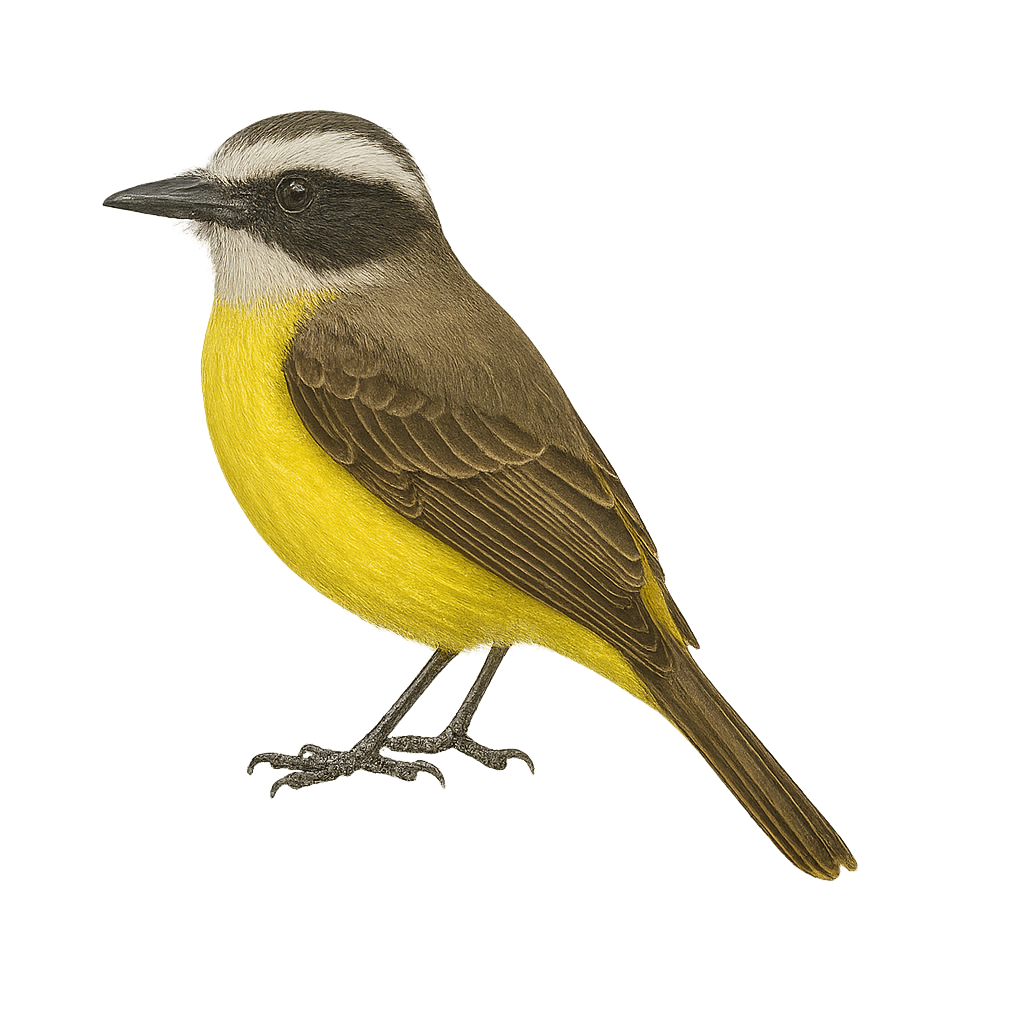Your wildlife photography guide.
Explore the social flycatcher in detail, study its behavior, prepare your shots.
Where to observe and photograph the social flycatcher in the wild
Learn where and when to spot the social flycatcher in the wild, how to identify the species based on distinctive features, and what natural environments it inhabits. The WildlifePhotographer app offers tailored photography tips that reflect the social flycatcher’s behavior, helping you capture better wildlife images. Explore the full species profile for key information including description, habitat, active periods, and approach techniques.
Social Flycatcher
Scientific name: Myiozetetes similis

IUCN Status: Least Concern
Family: TYRANNIDAE
Group: Birds
Sensitivity to human approach: Suspicious
Minimum approach distance: 5 m
Courtship display: March to May
Incubation: 16-18 jours
Hatchings: March to June
Habitat:
Forests, savannas, agricultural areas
Activity period :
Primarily active during the day, with peak activity in the morning and late afternoon.
Identification and description:
The Myiozetetes similis, commonly known as the Social Flycatcher, is a medium-sized bird with bright yellow underparts and a grayish-brown back. Its head features a distinctive black crown with a white stripe above the eyes. This bird is often found in open areas, near water bodies, or forest edges. Known for its energetic song, it adapts well to various environments, including urban areas. The Social Flycatcher primarily feeds on insects caught in flight but also consumes fruits. It is often seen in pairs or small groups, displaying marked territorial behavior.
Recommended lens:
400 mm – adjust based on distance, desired framing (portrait or habitat), and approach conditions.
Photography tips:
To photograph the Myiozetetes similis, focus on open areas near water bodies where it is often active. Use a 400mm lens or longer to capture precise details without disturbing the bird. Be patient and observe its flight habits to anticipate its movements. Morning or late afternoon light provides the best conditions for vibrant photos. Avoid sudden movements and remain discreet to prevent scaring it away.
The WildlifePhotographer App is coming soon!
Be the first to explore the best nature spots, track rutting seasons, log your observations, and observe more wildlife.
Already 1 441 wildlife lovers subscribed worldwide

